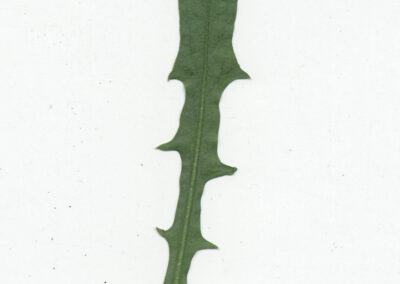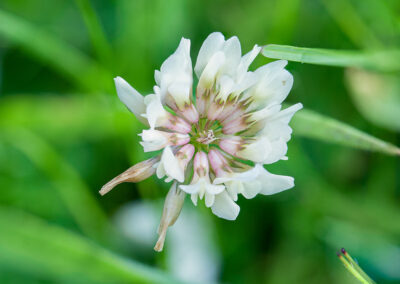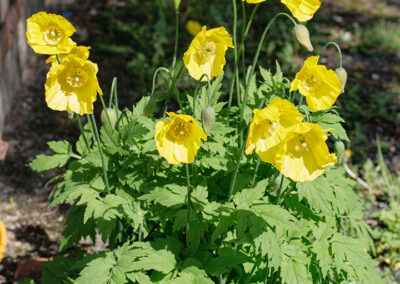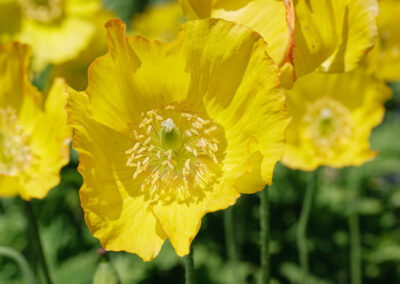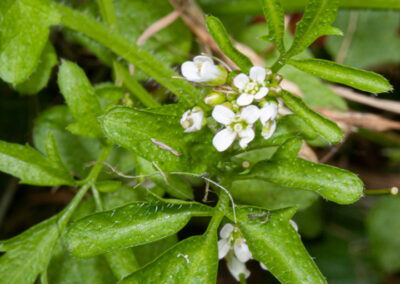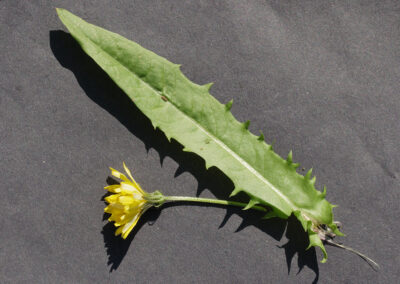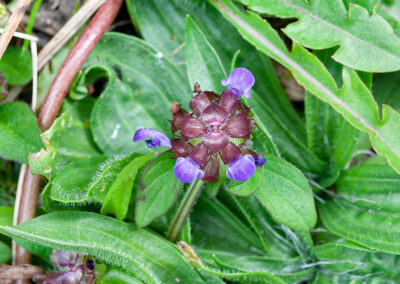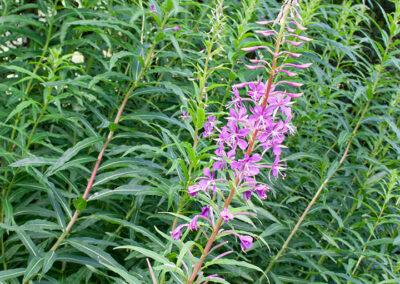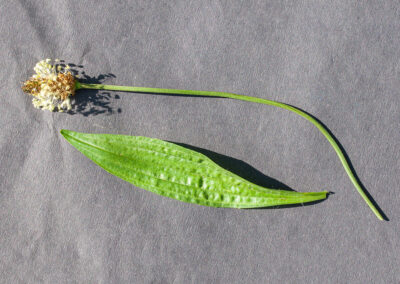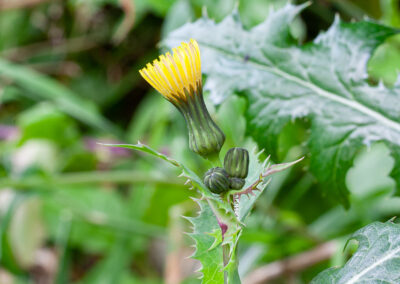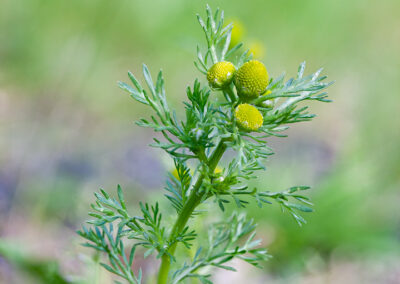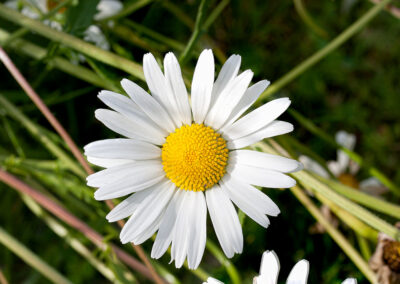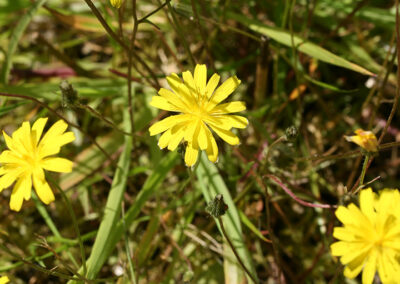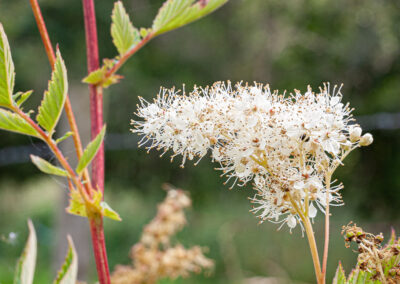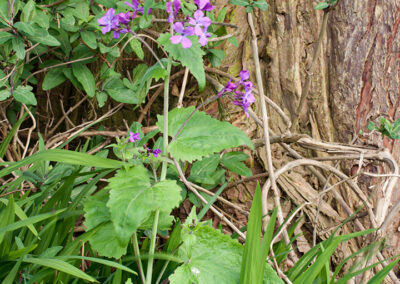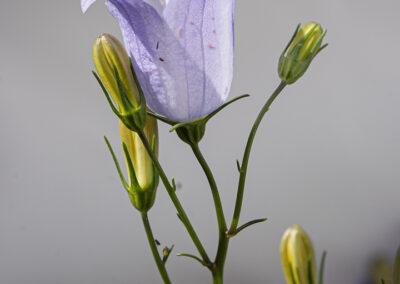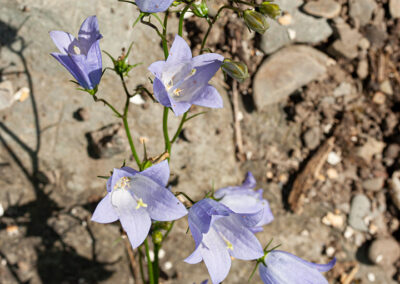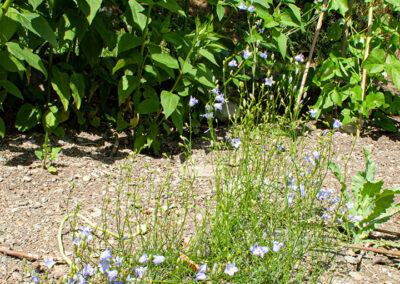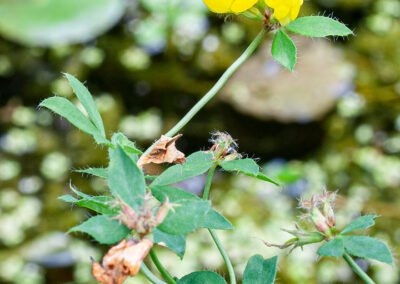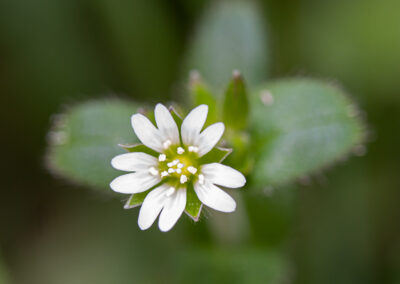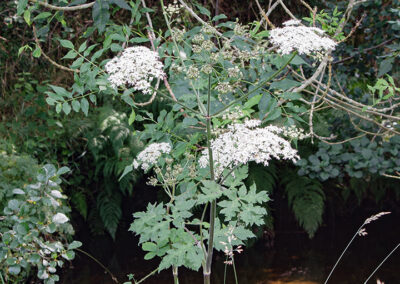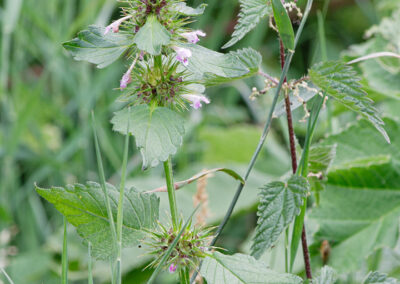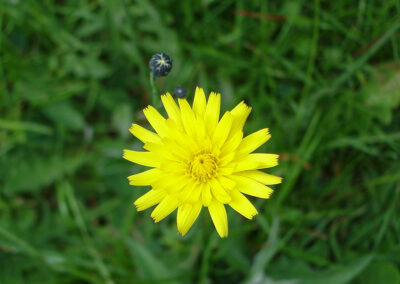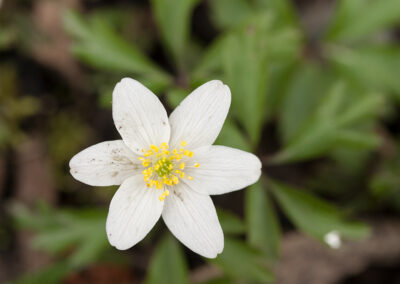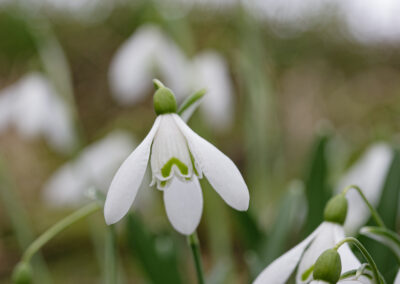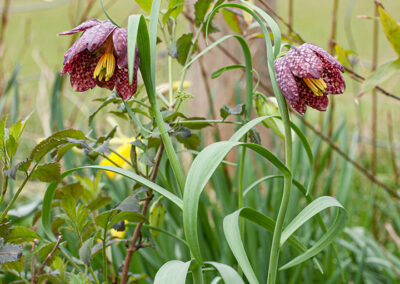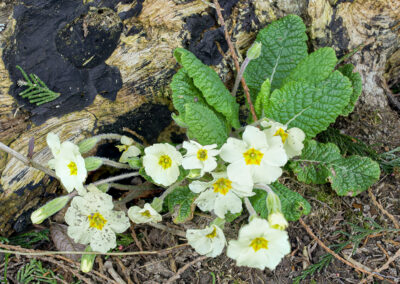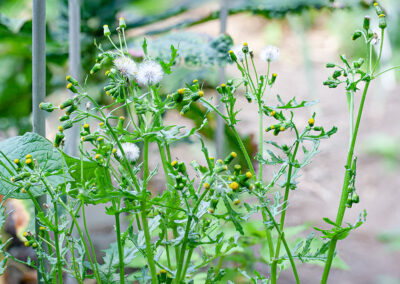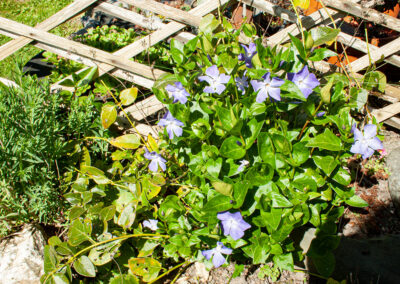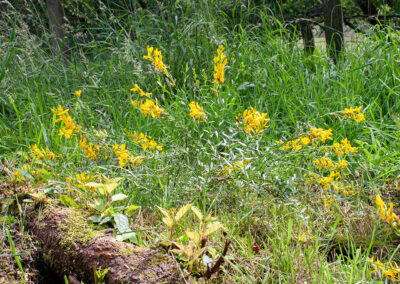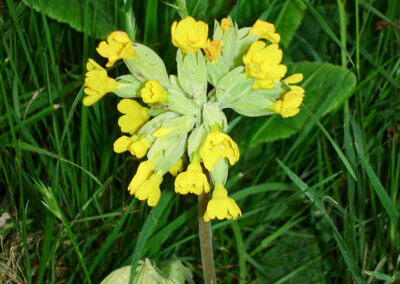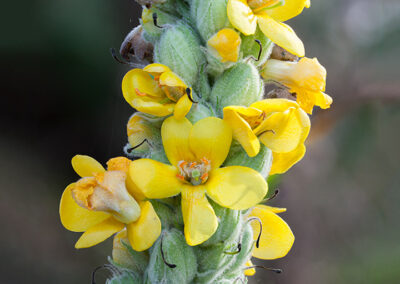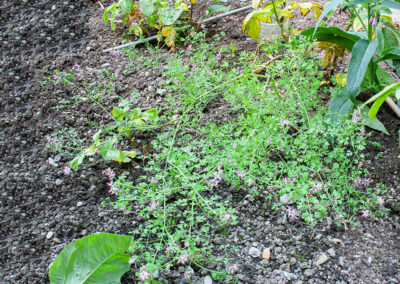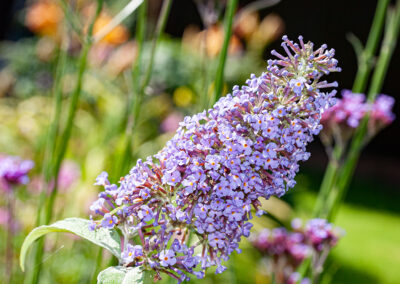Leucanthemum vulgare (Oxeye Daisy) & Crepis sp. (Hawksbeard)
Leucanthemum vulgare (Oxeye Daisy) & Crepis sp. (Hawksbeard)
Cardamine pratensis (Lady’s Smock or Cuckoo Flower)
Cardamine pratensis (Lady’s Smock or Cuckoo Flower)
Achillea ptarmica (Sneezewort)
Achillea ptarmica (Sneezewort)
Crepis capillaris (Smooth Hawk’s-beard)
Crepis capillaris (Smooth Hawk’s-beard)
Crepis capillaris (Smooth Hawk’s-beard)
Crepis capillaris (Smooth Hawk’s-beard)
Crepis capillaris (Smooth Hawk’s-beard)
Crepis capillaris (Smooth Hawk’s-beard)
Oxalis acetosella (Wood Sorrel)
Oxalis acetosella (Wood Sorrel)
Viola rivinianna (Common Dog Violet)
Viola rivinianna (Common Dog Violet)
Yarrow (Achillea millefolium)
Yarrow (Achillea millefolium)
Yarrow (Achillea millefolium)
Yarrow (Achillea millefolium)
Wild Mint (Mentha arvensis)
Wild Mint (Mentha arvensis)
White Clover (Trifolium repens)
White Clover (Trifolium repens)
White Clover (Trifolium repens)
White Clover (Trifolium repens)
Welsh Poppy (Papaver cambricum)
Welsh Poppy (Papaver cambricum)
Welsh Poppy (Papaver cambricum)
Welsh Poppy (Papaver cambricum)
Welsh Poppy (Papaver cambricum)
Welsh Poppy (Papaver cambricum)
Wavy Bittercress (Cardamine flexuosa)
Wavy Bittercress (Cardamine flexuosa)
Water Mint (Mentha aquatica)
Water Mint (Mentha aquatica)
Valerian (Valeriana officinalis)
Valerian (Valeriana officinalis)
Valerian (Valeriana officinalis)
Valerian (Valeriana officinalis)
Upright Hedge-parsley (Torilis japonica)
Upright Hedge-parsley (Torilis japonica)
Trailing St John’s-wort (Hypericum humifusum)
Trailing St John’s-wort (Hypericum humifusum)
Trailing St John’s-wort (Hypericum humifusum) (2684-95)_st10_960
Trailing St John’s-wort (Hypericum humifusum)
Tormentil (Potentilla erecta)
Tormentil (Potentilla erecta)
Spear Thistle (Cirsium vulgare)
Spear Thistle (Cirsium vulgare)
Spear Thistle (Cirsium vulgare)
Spear Thistle (Cirsium vulgare)
Smooth Hawksbeard (Crepis capillaris)
Smooth Hawksbeard (Crepis capillaris)
Smooth Hawksbeard (Crepis capillaris)
Smooth Hawksbeard (Crepis capillaris)
Sloe / Blackthorn (Prunus spinosa)
Sloe / Blackthorn (Prunus spinosa)
Selfheal (Prunella vulgaris)
Selfheal (Prunella vulgaris)
Selfheal (Prunella vulgaris)
Selfheal (Prunella vulgaris)
Round-leaved Crowfoot (Ranunculus omiophyllus)
Round-leaved Crowfoot (Ranunculus omiophyllus)
Rosebay Willowherb (Chamerion angustifolium)
Rosebay Willowherb (Chamerion angustifolium)
Rosebay Willowherb (Chamerion angustifolium)
Rosebay Willowherb (Chamerion angustifolium)
Ribwort Plantain (Plantago lanceolata)
Ribwort Plantain (Plantago lanceolata)
Prickly Sow-thistle (Sonchus asper)
Prickly Sow-thistle (Sonchus asper)
Prickly Sow-thistle (Sonchus asper)
Prickly Sow-thistle (Sonchus asper)
Pineappleweed (Matricaria discoidea)
Pineappleweed (Matricaria discoidea)
Pineappleweed (Matricaria discoidea)
Pineappleweed (Matricaria discoidea)
Oxeye Daisy (Leucanthemum vulgare)
Oxeye Daisy (Leucanthemum vulgare)
Nipplewort (Lapsana communis)
Nipplewort (Lapsana communis)
Nipplewort (Lapsana communis)
Nipplewort (Lapsana communis)
Meadowsweet (Filipendula ulmaria)
Meadowsweet (Filipendula ulmaria)
Marsh Woundwort (Stachys palustris)
Marsh Woundwort (Stachys palustris)
Marsh Thistle (Cirsium palustre)
Marsh Thistle (Cirsium palustre)
Marsh Marigold / Kingcup (Caltha palustris)
Marsh Marigold / Kingcup (Caltha palustris)
Lousewort (Pedicularis sylvatica)
Lousewort (Pedicularis sylvatica)
Lousewort (Pedicularis sylvatica)
Lousewort (Pedicularis sylvatica)
Lesser Stitchwort (Stellaria graminea)
Lesser Stitchwort (Stellaria graminea)
Lesser Hop Trefoil (Trifolium dubium)
Lesser Hop Trefoil (Trifolium dubium)
Lesser Celandine (Ficaria verna)
Lesser Celandine (Ficaria verna)
Lesser Celandine (Ficaria verna)
Lesser Celandine (Ficaria verna)
Lady’s Smock / Cuckoo Flower (Cardamine pratensis) (Alchemilla mollis)
Lady’s Smock / Cuckoo Flower (Cardamine pratensis)
Lady’s Smock – Cuckoo Flower (Cardamine praetensis)
Lady’s Smock – Cuckoo Flower (Cardamine praetensis)
Lawn
a wildflower meadow ‘lawn’
Honesty (Lunaria annua)
Honesty (Lunaria annua)
Honesty (Lunaria annua)
Honesty (Lunaria annua)
Herb Robert (Geranium robertianum)
Herb Robert (Geranium robertianum)
Hemlock Water Dropwort (Oenanthe crocata)
Hemlock Water Dropwort (Oenanthe crocata)
Harebell (Campanula rotundifolia)
Harebell (Campanula rotundifolia)
Harebell (Campanula rotundifolia)
Harebell (Campanula rotundifolia)
Harebell (Campanula rotundifolia)
Harebell (Campanula rotundifolia)
Harebell (Campanula rotundifolia)
Harebell (Campanula rotundifolia)
Harebell (Campanula rotundifolia)
Harebell (Campanula rotundifolia)
Hairy Bittercress (Cardamine hirsuta)
Hairy Bittercress (Cardamine hirsuta)
Hairy Bittercress (Cardamine hirsuta)
Hairy Bittercress (Cardamine hirsuta)
Greater Stitchwort, Wood Sorrel, Forget-me-not
Greater Stitchwort, Wood Sorrel, Forget-me-not
Greater Stitchwort (Stellaria media)
Greater Stitchwort (Stellaria media)
Greater Spearwort (Ranunculus lingua)
Greater Spearwort (Ranunculus lingua)
Greater Rat’s Tail Plantain (Plantago major)
Greater Rat’s Tail Plantain (Plantago major)
Greater Bird’s-foot Trefoil (Lotus pedunculatus)
Greater Bird’s-foot Trefoil (Lotus pedunculatus)
Greater Bird’s-foot Trefoil (Lotus pedunculatus)
Greater Bird’s-foot Trefoil (Lotus pedunculatus)
Great Burnet (Sanguisorba officinalis)
Great Burnet (Sanguisorba officinalis)
Germander Speedwell (Veronica chamaedrys)
Germander Speedwell (Veronica chamaedrys)
Germander Speedwell (Veronica chamaedrys)
Germander Speedwell (Veronica chamaedrys)
Foxglove (Digitalis purpurea)
Foxglove (Digitalis purpurea)
Foxglove (Digitalis purpurea)
Foxglove (Digitalis purpurea)
Eyebright (Euphrasia sp.)
Eyebright (Euphrasia sp.)
Dog Rose (Rosa canina)
Dog Rose (Rosa canina)
Devil’s-bit Scabious (Succisa pratensis)
Devil’s-bit Scabious (Succisa pratensis)
Creeping Thistle (Cirsium arvense) (2385)_960
Creeping Thistle (Cirsium arvense)
Creeping Buttercup (Ranunculus repens) (8647-51)_st5_960
Creeping Buttercup (Ranunculus repens)
Creeping Buttercup (Ranunculus repens) (1074)_960
Creeping Buttercup (Ranunculus repens)
Common Mouse-ear (Cerastium fontanum)
Common Mouse-ear (Cerastium fontanum)
Common Mouse-ear (Cerastium fontanum)
Common Mouse-ear (Cerastium fontanum)
Common Hogweed (Heracleum sphondylium)
Common Hogweed (Heracleum sphondylium)
Common Hemp-nettle (Galeopsis tetrahit)
Common Hemp-nettle (Galeopsis tetrahit)
Common Hemp-nettle (Galeopsis tetrahit)
Common Hemp-nettle (Galeopsis tetrahit)
Common Cat’s-ear (Hypochaeris radicata)
Common Cat’s-ear (Hypochaeris radicata)
Common Cat’s-ear (Hypochaeris radicata)
Common Cat’s-ear (Hypochaeris radicata)
Common Cat’s-ear (Hypochaeris radicata)
Common Cat’s-ear (Hypochaeris radicata)
Cleavers / Goosegrass (Galium aparine)
Cleavers / Goosegrass (Galium aparine)
Cleavers / Goosegrass (Galium aparine)
Cleavers / Goosegrass (Galium aparine)
Broad-leaved Willowherb (Epilobium montanum)
Broad-leaved Willowherb (Epilobium montanum)
Bramble (Rubus fruticosus agg.)
Bramble (Rubus fruticosus agg.)
Bluebell (Hyacinthoides non-scripta)
Bluebell (Hyacinthoides non-scripta)
Bluebell (Hyacinthoides non-scripta)
Bluebell (Hyacinthoides non-scripta)
Bluebell (Hyacinthoides non-scripta)
Bluebell (Hyacinthoides non-scripta)
Bluebell (Hyacinthoides non-scripta)
Bluebell (Hyacinthoides non-scripta)
Betony (Betonica officinalis)
Betony (Betonica officinalis)
Barren Strawberry (Potentilla sterilis)
Barren Strawberry (Potentilla sterilis)



